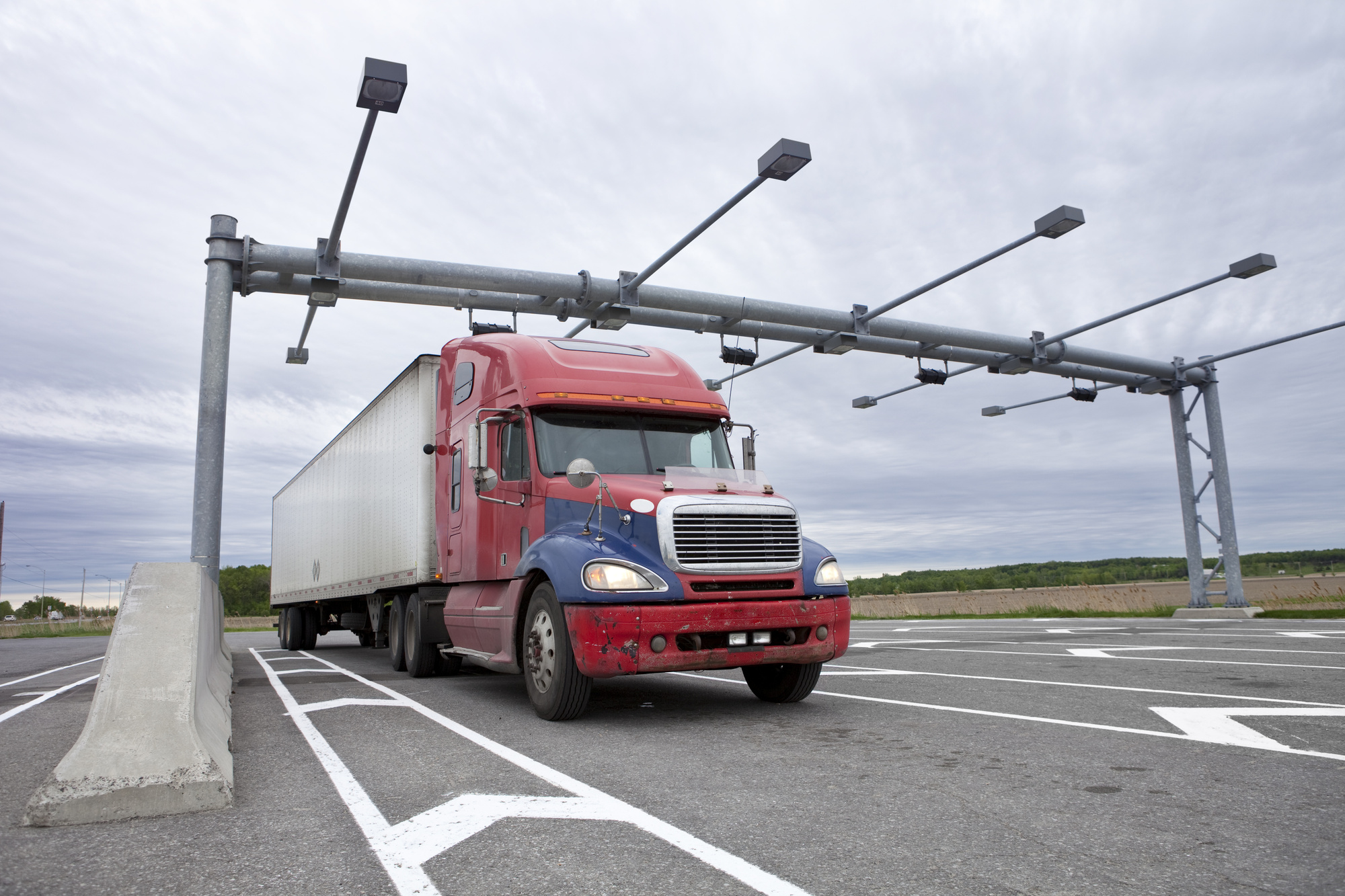
What Happens at a Truck Weigh Station?
Are you a truck driver by any chance? Well, if you are, the likelihood of you not knowing what a truck weigh station is slim. However, whomever you are, you might find this interesting to learn about.
In premise, a truck weight station is a government-mandated “pitstop” which requires trucks to stop and become subject to inspection.
In this article, we will cover what happens at a truck station, among other things.
If that sounds interesting to you, keep reading.
Contents
Why Do Truck Weigh Stations Exist?
Most states in the United States require commercial vehicles and trucks that have an assumed weight of over 10 thousand pounds to stop at weight stations on their driver’s route. In premise, a loaded vehicle cannot weigh more than 80000 pounds as mandated by federal law.
Exceptions can be granted in some cases, especially if the load cannot be separated into smaller subsets. But these exceptions will immediately expire upon delivery of the “load”.
Overloaded trucks serve as a hazard to US highways, both to other motorists and the drivers themselves. Even under the best conditions, a truck that weighs a lot is hard to control. Safe operation is difficult and becomes practically impossible in unfavorable conditions.
Excess weight will always increase pressure on the wheels, thus increasing the likelihood of a slideout. Overweight vehicles are also more prone to being rolled over, as well as lengths the stopping distance, which increases the risk of collision.
What Occurs At A Truck Weigh Station?
As a truck driver goes along the interstate, they must look out for any signs that might indicate a weight station. The signs will provide enough information on whether or not the station is open. If it is not, a truck driver is not required to stop.
However, if it is open, a certain speed limit must be retained upon the approach. When they see that the weigh station is open, they must exit the highway and enter the scale location.
Most weigh truck stations have a rolling scale, in which the truck simply glides over the area. However, some stations require the truck to stop. Learn more about weighbridge systems here.
Once the truck has been weighed and verified to be under load, the truck is granted passage to exit the station, thus allowing them to proceed back on route.
Upon arrival, there are sometimes other trucks, therefore the process can be quite extensive. A truck driver must always observe the speed limit and follow instructions. Failure to do so can result in unnecessary inconvenience for all entities involved.
Inspection
In some cases, at a weigh station, an inspection of the logbook and equipment might occur. If this process uncovers faulty or missing gear, a detailed inspection will be scheduled.
Any concerns with the logbook will be addressed as well. However, if all is in order, the process should not take long at all. For the premise of keeping the log precise, the employees will enter your DOT number and assess your safety rating.
A truck can be inspected for a variety of reasons. The Federal Motor Carrier Safety Administration or DOT officers can conduct a thorough review of equipment to find issues, such as:
- Faulty kingpins
- Hose leaks
- Cracks in rims
- Broken springs
- Malfunctioning brakes
- Fuel leaks
- Tire tread
- Flat tires
- Mounted fuel tanks
And much more. Any violation can result in the truck being listed out of service, which is a great concern. If the entities declare your truck to be in that state, the truck will no longer be operated and towed away until repairs have been made. A trucker will also have to sign an MCS63 form to verify these repairs.
Log Book Inspection
As mentioned earlier, the logbook might be subject to inspection as well. The logbook can be checked by an officer to ensure that the driver is not in violation of hours-of-service, as well as keeping their daily log.
Some of the regulations are, but not limited to:
- 10 consecutive hour breaks after 11 hours on the road
- No longer than 60 hours in any seven consecutive days of work
- No longer than 70 hours in any eight consecutive days of work
- A maximum of 11 hours one the road per each 14 hour period
Changes are constantly being made to the logbook, and nowadays, the electronic logging device is made use of. The ELD requires the trucker to keep their logbook in compliance with FMCSA and HOS regulations.
Some of the fines can go up to $1000 each. However, any severe concerns raised might result in an internal inspection of your route, among other aspects of your driving.
And that’s something no truck driver wishes for, so keep your routine maintained.
Weighed Right
Now that you know what happens at a truck weigh station, you are well on your way to ensure that if you are a truck driver you do everything right. As mentioned earlier, as long as you follow the guidelines, keep your logbook and equipment in check, as well as make any necessary repairs at the first notice of them, you will avoid all hassles and inconveniences of travel.
However, in some areas, regular inspection of random trucks is a common occurrence, so don’t think you’ve done something wrong. You are most likely aware of routes that require these degrees of caution. Stay safe and good riding.
If you’re interested in learning more about similar topics, feel free to check our recommended articles on the side or down below.


Comments are closed.